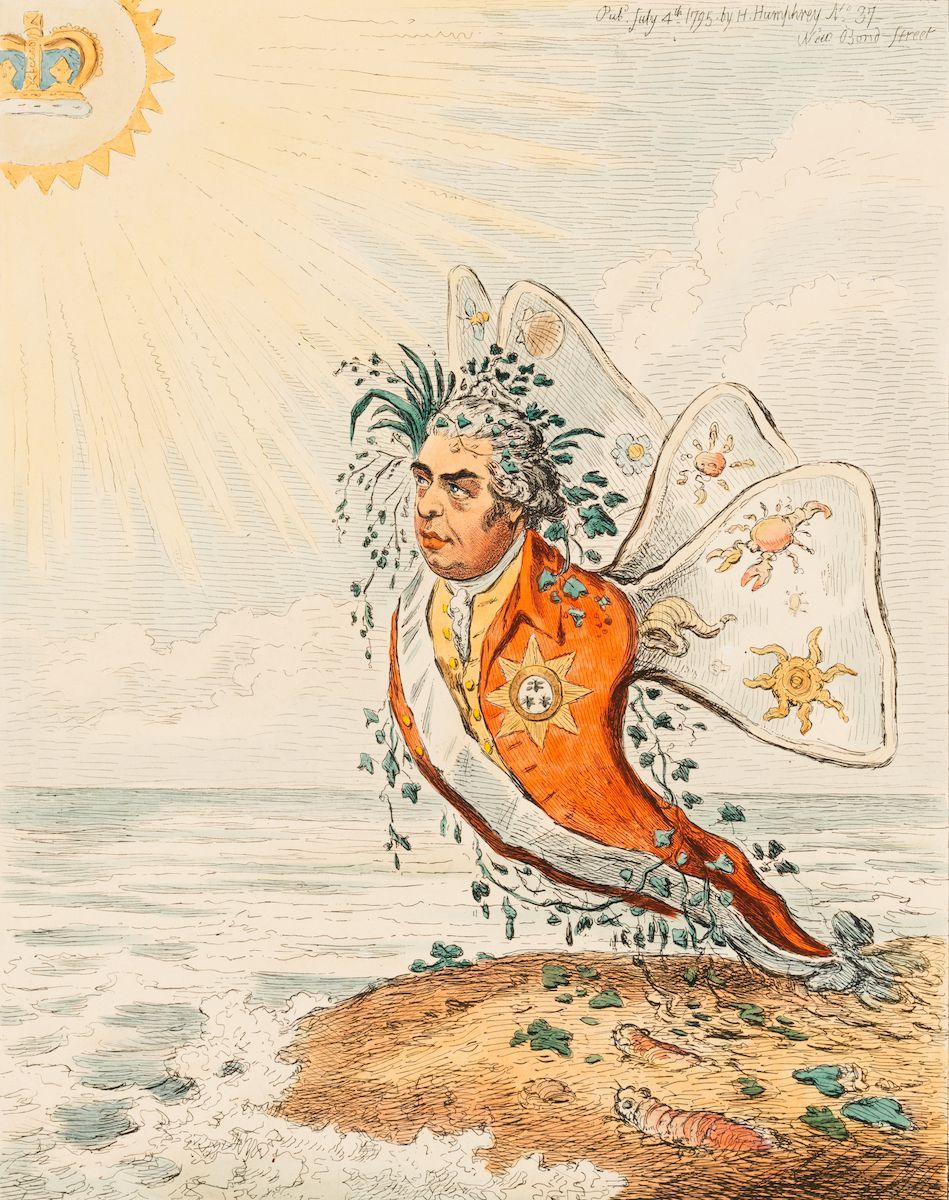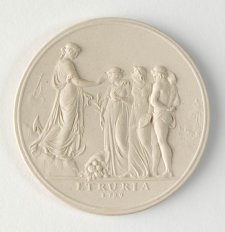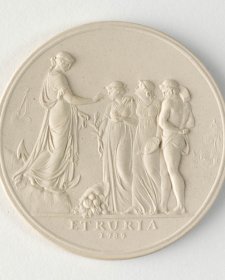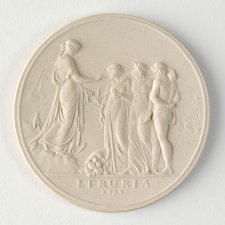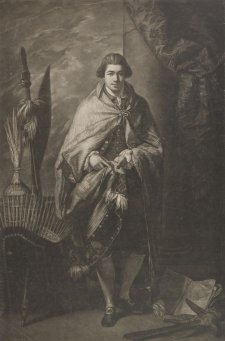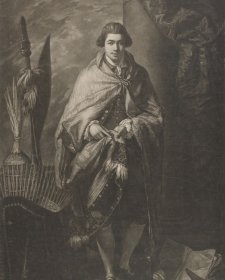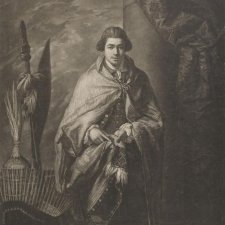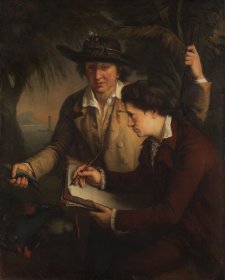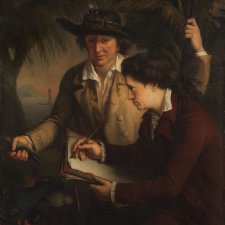On July 1, 1795, Sir Joseph Banks was created Knight Grand Cross in what was then formally known as the Most Honourable Military Order of the Bath. This signal honour, awarded to Banks despite his conspicuous lack of military rank, was bestowed instead in recognition of his services to the crown in the fields of natural science and exploration.
Banks had sailed with James Cook aboard H.M.S. Endeavour (1768-71), and financed two other naturalists to assist him on the voyage, Daniel Solander and Herman Spöring; two artists, Sydney Parkinson and John Reynolds, and two of Banks’s own African servants. Upon their return to England the voyage of the Endeavour immediately made Cook and Banks famous.
The caricaturist and engraver James Gillray (1756-1815) had created biting satires about Sir Joseph Banks on two previous occasions. One dealt specifically with the voyage of the Endeavour, while the other lampooned Banks’s presidency of the Royal Academy. This one, however, poked fun instead at the distinctive riband and star of the G.C.B. of which Banks was thought to be inordinately proud. “This insect,” runs the accompanying inscription, “first crawl’d into notice from among the Weeds & Mud on the Banks of the South Sea; & being afterwards placed in a Warm Situation by the Royal Society, was changed by the heat of the Sun into its present form—it is notic’d & Valued Solely on account of the beautiful Red which encircles its Body, & the Shining Spot on its Breast; a Distinction which never fails to render Caterpillars valuable.
Weeds and other botanical specimens sprout from Banks’s head, while his body given the approximate form of a chrysalis with butterfly’s wings adorned with sea creatures: a shell, a lobster, a cockle shell, a star fish, a flying fish, and an empty cornucopia. Buzzing insects, meanwhile, take the place of the three crowns that are normally set into the Bath star. The sun, in this instance, evidently symbolizes royal favour, specifically that of Banks’s patron King George III, which Gillray mocks as misplaced on the one hand and undeserved on the other.
At this date Gillray’s enterprising publisher and printseller the redoubtable Miss Hannah Humphrey occupied premises at 37 New Bond Street. Though they co-habited for many years, Gillray never married Miss Humphrey.
In 1851 the British publishing impresario Henry George Bohn used Gillray’s old plates to create a luxurious new edition in two elephant folio volumes from which this and many other impressions were later removed and, at times, passed off as originals. In fact these later impressions found their way into the booming print market in the Australian colonies, and stand as a valuable reminder that Gillray’s vicious satires remained hugely popular all over the British Empire, and indeed throughout the nineteenth century.
